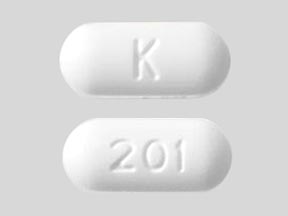Oxandrolone Interactions
There are 103 drugs known to interact with oxandrolone, along with 10 disease interactions, and 1 alcohol/food interaction. Of the total drug interactions, 14 are major, 87 are moderate, and 2 are minor.
- View all 103 medications that may interact with oxandrolone
- View oxandrolone alcohol/food interactions (1)
- View oxandrolone disease interactions (10)
Most frequently checked interactions
View interaction reports for oxandrolone and the medicines listed below.
- 5-HTP (5-hydroxytryptophan)
- Adderall (amphetamine / dextroamphetamine)
- Adderall XR (amphetamine / dextroamphetamine)
- Arimidex (anastrozole)
- Ativan (lorazepam)
- Cialis (tadalafil)
- Claritin (loratadine)
- Clomid (clomiphene)
- Concerta (methylphenidate)
- DHEA (dehydroepiandrosterone)
- Fish Oil (omega-3 polyunsaturated fatty acids)
- HCG (chorionic gonadotropin (hcg))
- L-Arginine (arginine)
- Lexapro (escitalopram)
- NAC (acetylcysteine)
- Nexium (esomeprazole)
- Omega-3 (omega-3 polyunsaturated fatty acids)
- Probiotic Formula (bifidobacterium infantis / lactobacillus acidophilus)
- Prozac (fluoxetine)
- Ritalin (methylphenidate)
- Truvada (emtricitabine / tenofovir disoproxil)
- Viagra (sildenafil)
- Vitamin B12 (cyanocobalamin)
- Vitamin B6 (pyridoxine)
- Vitamin C (ascorbic acid)
- Vitamin D3 (cholecalciferol)
- Vyvanse (lisdexamfetamine)
- Xanax (alprazolam)
- Zinc (zinc sulfate)
- Zoloft (sertraline)
Oxandrolone alcohol/food interactions
There is 1 alcohol/food interaction with oxandrolone.
Oxandrolone disease interactions
There are 10 disease interactions with oxandrolone which include:
- carcinoma (male)
- fluid retention
- hypercalcemia in breast cancer
- hyperlipoproteinemia
- liver disease
- polycythemia
- suppression of clotting factors
- diabetes
- hypercalcemia
- thyroid function tests
More about oxandrolone
- oxandrolone consumer information
- Compare alternatives
- Reviews (2)
- Drug images
- Side effects
- Dosage information
- During pregnancy
- Drug class: androgens and anabolic steroids
- En español
Related treatment guides
Drug Interaction Classification
| Highly clinically significant. Avoid combinations; the risk of the interaction outweighs the benefit. | |
| Moderately clinically significant. Usually avoid combinations; use it only under special circumstances. | |
| Minimally clinically significant. Minimize risk; assess risk and consider an alternative drug, take steps to circumvent the interaction risk and/or institute a monitoring plan. | |
| No interaction information available. |
See also:
Further information
Always consult your healthcare provider to ensure the information displayed on this page applies to your personal circumstances.


